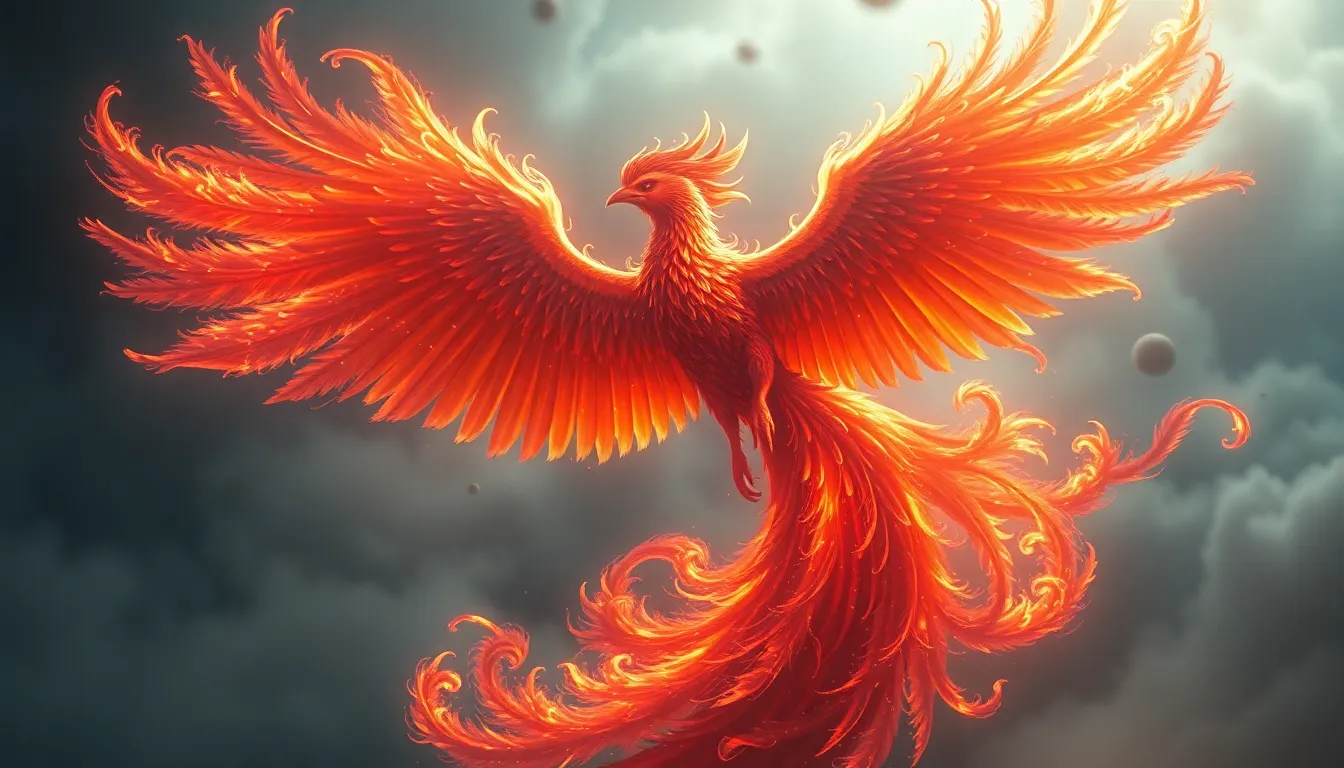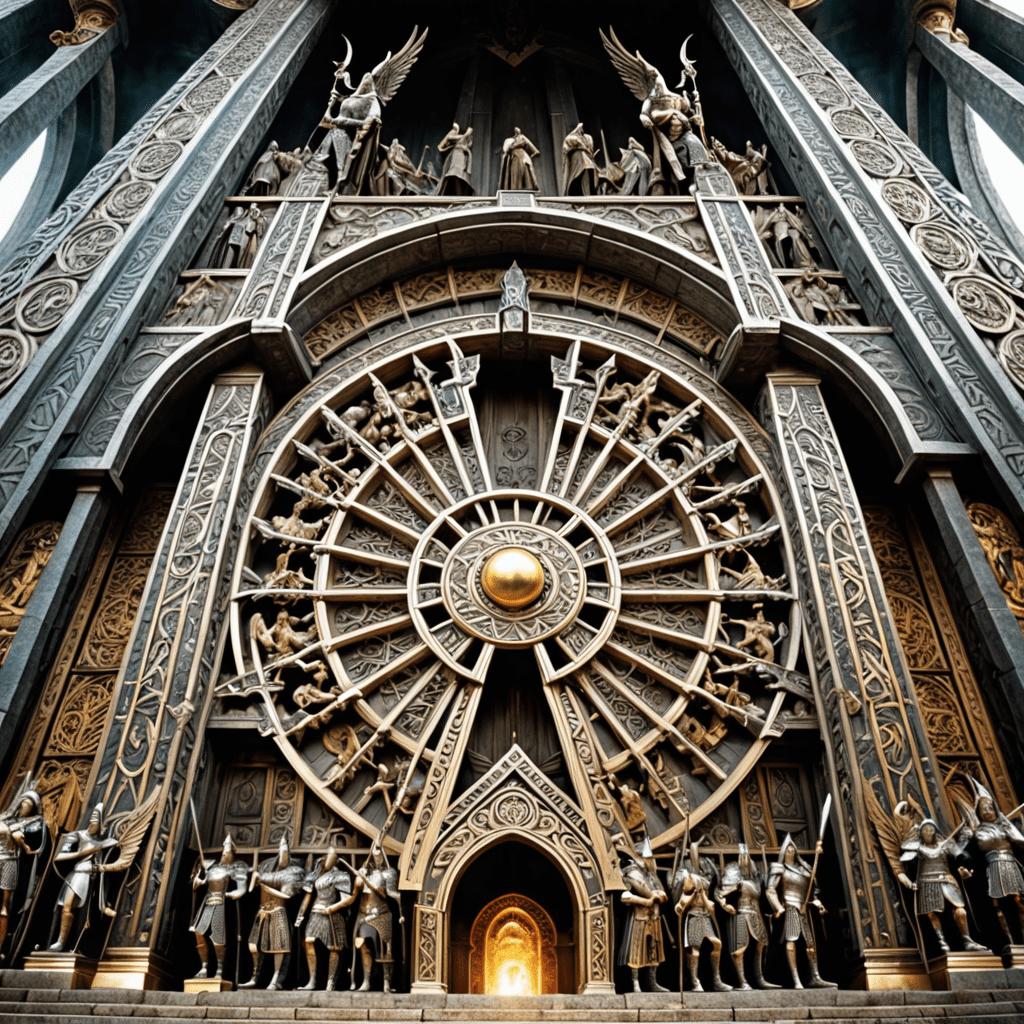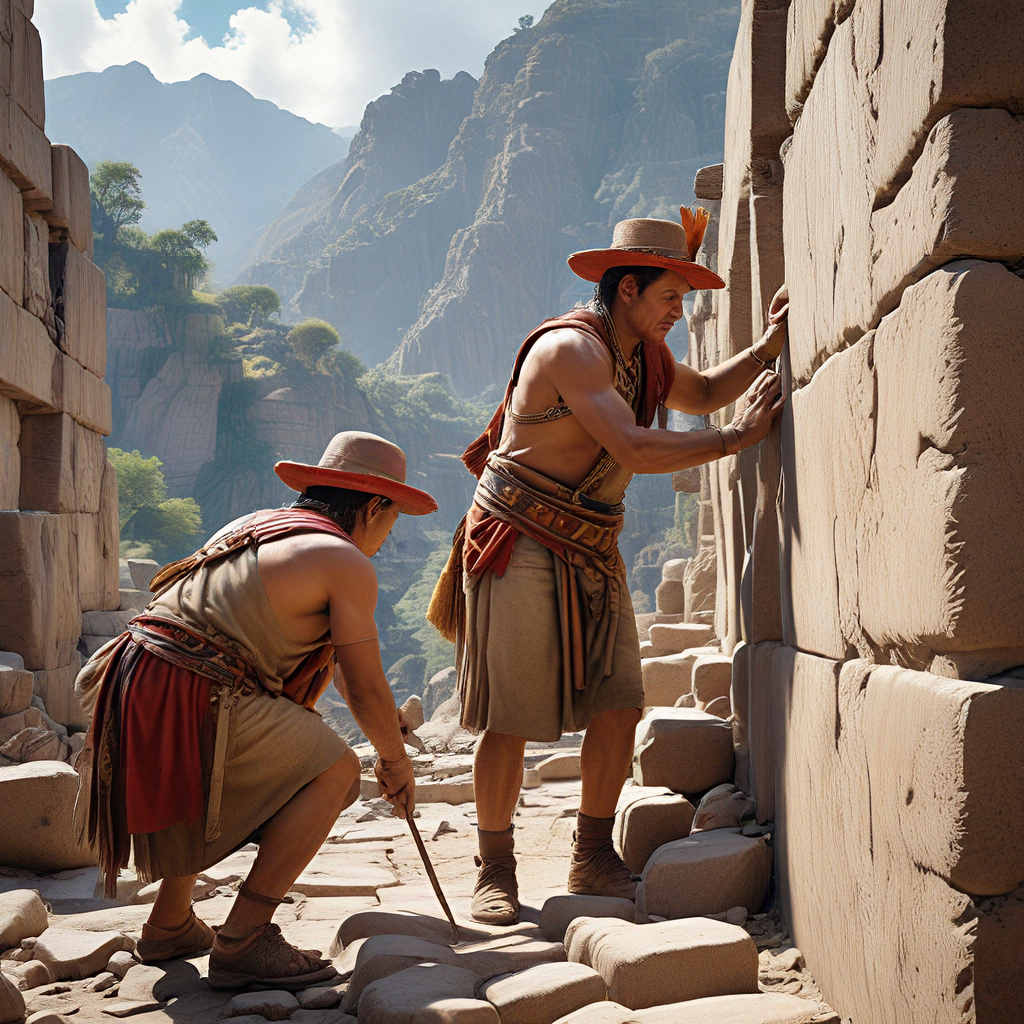The Sacred Phoenix: Myths of Rebirth and Immortality
I. Introduction to the Phoenix Myth
The Phoenix is a legendary bird found in various cultures, symbolizing rebirth and immortality. This mythical creature is often depicted as bursting into flames upon death, only to arise anew from its ashes. Across different traditions, the Phoenix has taken on unique forms and meanings, but the core themes of renewal and eternal life remain constant.
The themes of rebirth and immortality are central to the Phoenix myth, representing the cyclical nature of life and the hope of renewal. Cultures around the world have embraced the Phoenix as a powerful symbol, reflecting humanity’s desire to overcome adversity and emerge stronger from trials.
In mythology and symbolism, the Phoenix holds a significant place as a reminder of resilience. Its ability to rise from the ashes serves as an enduring metaphor for personal growth, transformation, and the potential for new beginnings.
II. Historical Origins of the Phoenix Legend
The legend of the Phoenix can be traced back to ancient civilizations, each adding its own unique flavor to the myth.
A. Ancient Egyptian beliefs and the Bennu bird
In ancient Egypt, the Bennu bird was often associated with the sun god Ra and was believed to represent resurrection and renewal. The Bennu was depicted as a heron-like bird and was said to emerge from the ashes of its predecessor, symbolizing the eternal cycle of life and death.
B. Greek mythology and the story of the Phoenix
In Greek mythology, the Phoenix was described as a magnificent bird that lived for several centuries before dying in flames. According to the myth, after its death, a new Phoenix would rise from the ashes, representing the idea of eternal life and the cyclical nature of existence.
C. Eastern interpretations: the Fenghuang in Chinese culture
In Chinese culture, the Fenghuang is often compared to the Phoenix. It symbolizes harmony, balance, and the union of yin and yang. The Fenghuang is also associated with the Empress and represents virtue and grace, further enriching the concept of rebirth in Eastern mythology.
III. Symbolism of the Phoenix: Rebirth and Renewal
The symbolism of the Phoenix is deeply intertwined with the concepts of rebirth and renewal. Understanding this cycle provides insight into various cultural beliefs regarding life and death.
A. Understanding the cycle of death and rebirth
The Phoenix embodies the natural cycle of death and rebirth, illustrating that endings can lead to new beginnings. This cyclicality is a powerful theme seen throughout human history and culture.
B. The Phoenix as a symbol of hope and resilience
The Phoenix serves as a beacon of hope, inspiring individuals to rise above challenges and adversity. Its story encourages resilience, emphasizing that even after the darkest moments, renewal is possible.
C. The connection between fire and transformation
The association of fire with the Phoenix signifies transformation. Fire, often seen as a destructive force, acts as a catalyst for change, illustrating that through trials, growth and renewal can occur.
IV. The Phoenix in Literature and Art
The Phoenix has been a popular subject in literature and art throughout history, representing the enduring themes of rebirth and transformation.
A. Depictions of the Phoenix in classical literature
In classical literature, the Phoenix often appears as a symbol of immortality. Works by authors like Herodotus and Ovid explore its mythological significance, weaving its narrative into broader themes of existence and renewal.
B. Artistic representations throughout history
Artists across centuries have depicted the Phoenix in various forms, from ancient pottery to Renaissance paintings. These works often highlight its beauty and the dramatic moment of rebirth, capturing the essence of transformation.
C. The Phoenix in modern popular culture
In contemporary society, the Phoenix continues to inspire. From movies to literature, it serves as a powerful symbol of personal and societal transformation. Its presence in popular culture underscores its relevance in modern storytelling.
V. Comparative Analysis: The Phoenix and Other Mythical Creatures
When examining the Phoenix, it is essential to consider its similarities with other mythical beings and the cultural significance these creatures hold.
A. Similarities with other mythical beings (e.g., the Dragon, Unicorn)
Like the Phoenix, creatures such as dragons and unicorns also embody themes of transformation and mystique. Each of these beings represents unique qualities within their respective mythologies, often associated with strength and purity.
B. Cultural significance of these creatures in their respective mythologies
- Dragons: Often symbolize power, wisdom, and protection.
- Unicorns: Represent purity, grace, and the unattainable.
C. The role of transformation in various myths
Transformation is a recurring theme in many mythologies, highlighting the journey from one state of being to another. This concept resonates deeply with the human experience, making these myths timeless and relatable.
VI. The Phoenix in Religion and Spirituality
The Phoenix also finds a place in various religious and spiritual contexts, symbolizing resurrection and spiritual renewal.
A. The Phoenix in early Christian symbolism
In early Christianity, the Phoenix was often used as a symbol of resurrection and eternal life, specifically relating to the resurrection of Christ. Its story mirrored the promise of life after death, making it a powerful emblem in Christian art and literature.
B. Connections to Hinduism and the concept of the cycle of life
In Hinduism, the idea of reincarnation aligns with the Phoenix myth. The cycle of life, death, and rebirth, known as samsara, reflects the same themes of renewal and transformation found in the Phoenix legend.
C. The Phoenix in contemporary spiritual practices
Today, many spiritual practices incorporate the symbolism of the Phoenix as a representation of personal transformation and rebirth. It serves as a reminder that individuals can emerge from their challenges renewed and empowered.
VII. Psychological Interpretations of the Phoenix Myth
Psychologically, the Phoenix myth can be analyzed through various lenses, particularly in understanding human resilience and growth.
A. Archetypal analysis of the Phoenix in Jungian psychology
In Jungian psychology, the Phoenix can be seen as an archetype of transformation and renewal. It represents the process of individuation, where individuals confront their shadows and emerge into a new self.
B. The myth as a representation of human resilience and personal growth
The Phoenix myth encapsulates the human experience of overcoming obstacles, symbolizing the strength and resilience found within each person. It inspires individuals to embrace their challenges as opportunities for growth.
C. The Phoenix as a metaphor for overcoming adversity
As a metaphor, the Phoenix serves as a powerful reminder that adversity can lead to personal transformation. Its story encourages individuals to rise above difficulties and emerge stronger, embodying the spirit of resilience.
VIII. The Phoenix in Contemporary Society
The symbol of the Phoenix has seen a resurgence in modern society, reflecting its relevance in various movements and contexts.
A. The resurgence of the Phoenix symbol in modern movements
In recent years, the Phoenix has been embraced by social and environmental movements, symbolizing renewal and the hope for a better future. Its imagery resonates with efforts to overcome societal challenges and promote change.
B. The use of the Phoenix in branding and marketing
Businesses often use the Phoenix symbol in branding to convey resilience and transformation. Companies that successfully reinvent themselves frequently adopt the Phoenix as a metaphor for their journey.
C. The Phoenix as a symbol of environmental and social renewal
In environmental discourse, the Phoenix represents regeneration and the potential for healing. It serves as an emblem of hope amidst ecological crises, inspiring



